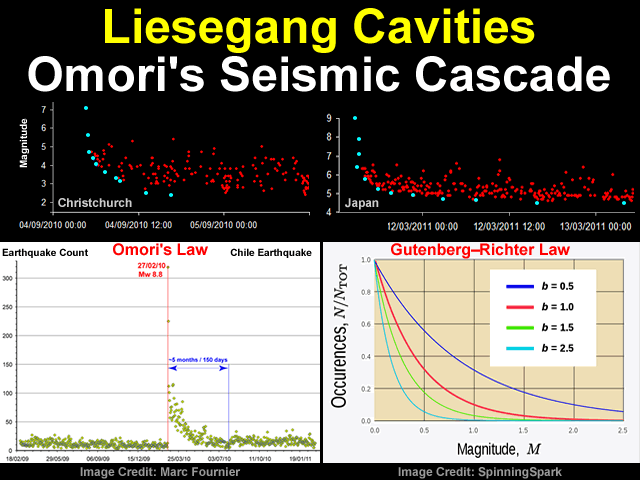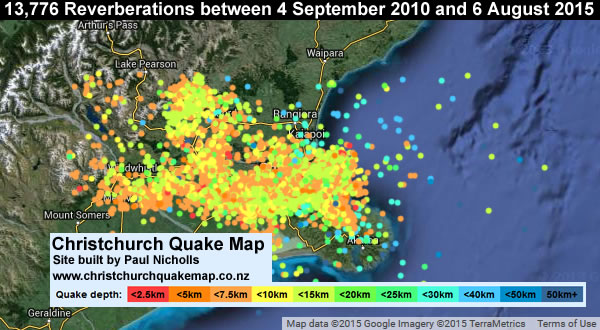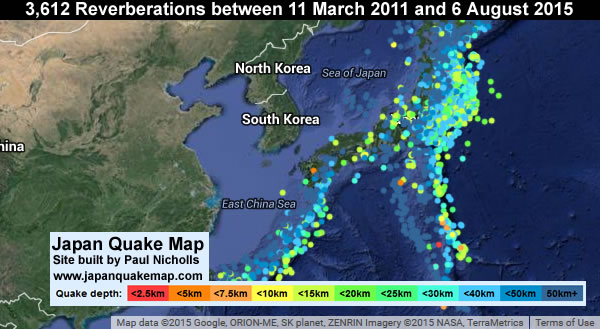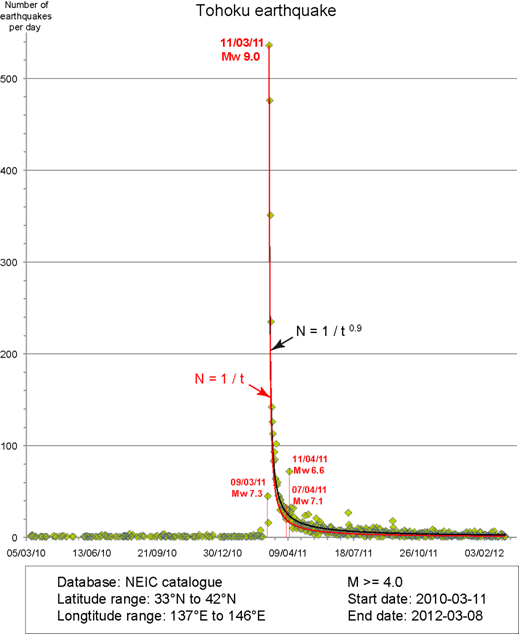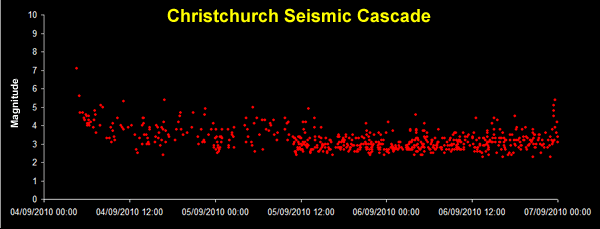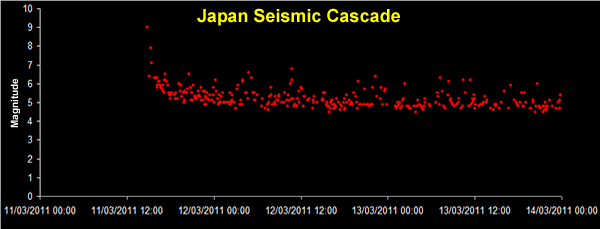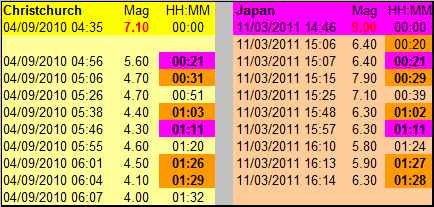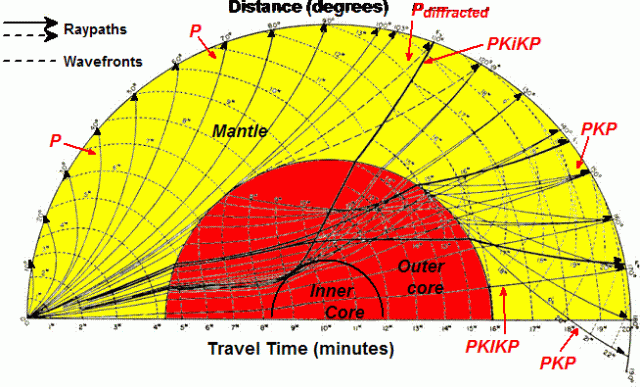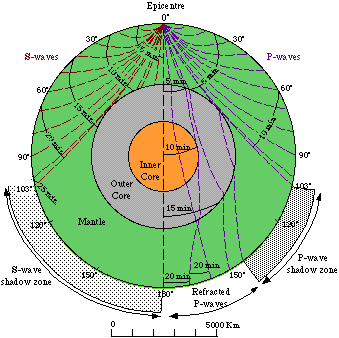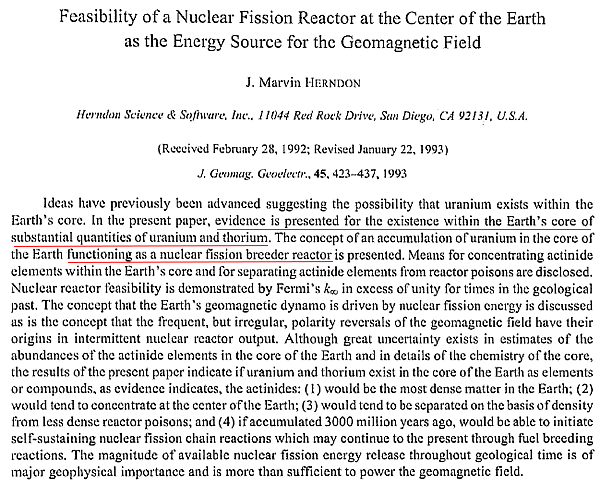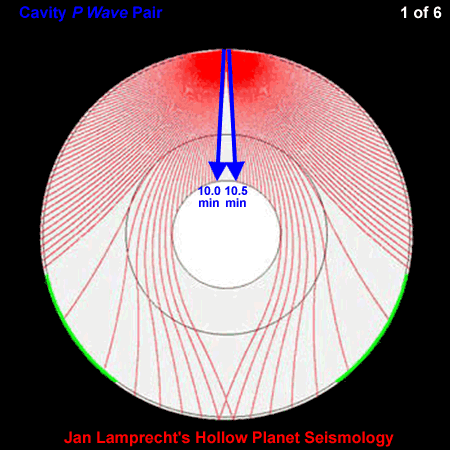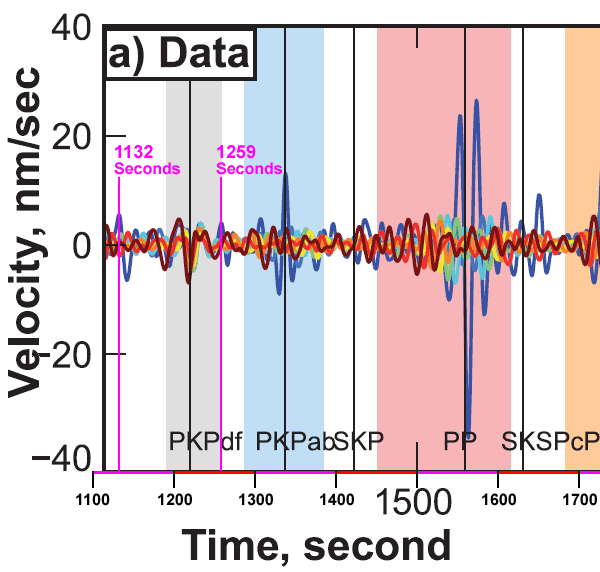When the mainstream talks about seismic waves they usually focus upon a single big earthquake and generally seem to ignore the smaller aftershocks.
An aftershock is a smaller earthquake that occurs after a previous large earthquake, in the same area of the main shock.
If an aftershock is larger than the main shock, the aftershock is redesignated as the main shock and the original main shock is redesignated as a foreshock.
This is curious because Christchurch was ringing like a bell following the big earthquakes of 2010 and 2011.
The 2010 Canterbury earthquake (also known as the Christchurch earthquake or Darfield earthquake) struck the South Island of New Zealand with a moment magnitude of 7.1 at 4:35 a.m. local time on 4 September, and had a maximum perceived intensity of X (Extreme) on the Mercalli Intensity Scale.
https://en.wikipedia.org/wiki/2010_Christchurch_earthquake
The February 2011 Christchurch earthquake was a powerful natural event that severely damaged New Zealand’s second-largest city, killing 185 people in one of the nation’s deadliest peacetime disasters.
The magnitude 6.3 (ML) earthquake struck the Canterbury Region in New Zealand’s South Island at 12:51 pm on Tuesday, 22 February 2011 local time (23:51 21 February UTC).
The earthquake was centred 2 kilometres (1.2 mi) west of the port town of Lyttelton, and 10 kilometres (6 mi) south-east of the centre of Christchurch, New Zealand’s second-most populous city.
Similarly, Japan was also ringing like a bell following the big 2011 earthquake.
The 2011 earthquake off the Pacific coast of Tōhoku was a magnitude 9.0 (Mw) undersea megathrust earthquake off the coast of Japan that occurred at 14:46 JST (05:46 UTC) on Friday 11 March 2011, with the epicentre approximately 70 kilometres (43 mi) east of the Oshika Peninsula of Tōhoku and the hypocenter at an underwater depth of approximately 30 km (19 mi).
https://en.wikipedia.org/wiki/2011_T%C5%8Dhoku_earthquake_and_tsunami
The mainstream apparent ambivalence towards aftershocks is possibly because there is plenty of [long standing] Settled Science covering aftershocks.
Omori’s Law
The frequency of aftershocks with time follows Omori’s law.Omori’s law, or more correctly the modified Omori’s law, is an empirical relation for the temporal decay of aftershock rates.
In 1894, Fusakichi Omori published his work on the aftershocks of earthquakes, in which he stated that aftershock frequency decreases by roughly the reciprocal of time after the main shock.
…
Båth’s Law
The other main law describing aftershocks is known as Båth’s Law and this states that the difference in magnitude between a main shock and its largest aftershock is approximately constant, independent of the main shock magnitude, typically 1.1–1.2 on the Moment magnitude scale.
…
Gutenberg–Richter Law
Aftershock sequences also typically follow the Gutenberg–Richter law of size scaling, which refers to the relationship between the magnitude and total number of earthquakes in a region in a given time period.
Omori’s Law is fascinating because it implies there is an underlying systematic method governing the [stochastic] occurrence of aftershocks.
According to these equations, the rate of aftershocks decreases quickly with time.
The rate of aftershocks is proportional to the inverse of time since the mainshock and this relationship can be used to estimate the probability of future aftershock occurrence.
Thus whatever the probability of an aftershock are on the first day, the second day will have 1/2 the probability of the first day and the tenth day will have approximately 1/10 the probability of the first day (when p is equal to 1).
These patterns describe only the statistical behavior of aftershocks; the actual times, numbers and locations of the aftershocks are stochastic, while tending to follow these patterns.
As this is an empirical law, values of the parameters are obtained by fitting to data after a mainshock has occurred, and they imply no specific physical mechanism in any given case.
https://en.wikipedia.org/wiki/Aftershock#Omori.27s_Law
Researchers refer to physical systems in which they are uncertain about the values of parameters, measurements, expected input and disturbances as “stochastic systems”.
In probability theory, a purely stochastic system is one whose state is randomly determined, having a random probability distribution or pattern that may be analyzed statistically but may not be predicted precisely.
https://en.wikipedia.org/wiki/Stochastic
Omori law for Tohoku earthquake by Marc Fournier
Institut des Sciences de la Terre de Paris (iSTeP) – UPMC Sorbonne Universités
http://marc.fournier.free.free.fr/accueil.htm
Taking a closer look at the aftershocks following the 2010 Christchurch and 2011 Japan earthquakes reveals that Omori’s Law loosely applies to the frequency of aftershocks and [more significantly] is closely associated with the minimum magnitude of the earthquakes in the initial decay curve of aftershocks.
Therefore, it’s worth taking a closer look at the time intervals associated with these initial aftershocks because it’s possible that the aftershocks are triggered by refocused seismic waves that have been echoed back to their point of origin from [say] the antipodal point.
Curiously, in both series of aftershocks:
a) The first aftershock occurs after 20 or 21 minutes
b) The second aftershock occurs after 29 and 31 minutes
c) The fourth aftershock occurs between 62 or 63 minutes
d) The fifth aftershock occurs after 71 minutes
Given that the Earth is not totally homogeneous these results seem to be far more than just coincidental.
However, the mainstream has a problem with the first aftershock occurring after an interval of 20 or 21 minutes because their model doesn’t contain a structure that can support these journey times.
According to the mainstream model after 10 minutes P waves are happily travelling through [or ricocheting around] the Earth as they head towards the far side.
Raypaths and wavefronts for selected primary (compressional) wave phases which travel through the Earth.The travel times (in minutes) along the raypaths and the corresponding wavefronts (short dashed lines; lines or surface of equal travel time) are given by the small numbers adjacent to the wavefronts.
The raypaths are perpendicular to the wavefronts and represent the direction that a specific point on the wavefront is propagating.
The raypaths in this real Earth model are curved because the seismic wave velocity varies with depth.
Note the strong refraction (bending) of the raypaths and wavefronts caused by the velocity change across the core-mantle boundary.
L. Braile – Purdue University – December 2000
http://web.ics.purdue.edu/~braile/edumod/constvel/constvel.htm
However, this timing might support J. M. Herndon’s hypothesis that the Earth has a uranium/thorium core which functions as a breeder reactor.
Feasibility of a nuclear fission reactor at the center of the Earth as the energy source for the geomagnetic field – J. M. Herndon -1993 – J. Geomag. Geoelectr. 45, 423-437.
Click to access Herndon%20JGG93.pdf
See: https://malagabay.wordpress.com/2012/10/28/the-earths-nuclear-reactor/
These timings also support Jan Lamprecht’s hypothesis that the Earth’s interior has a cavity [instead of a core] and a mantle where the density starts to decrease beyond a certain depth.
The second aftershock that occurred between 29 [1,740 seconds] and 31 minutes [1,860 seconds] could well be a refocused antipodal echo and [curiously] antipodal seismic data suggests [contrary to the mainstream theory and assertions] that the first antipodal P wave can arrive in as little as 1,132 seconds.
Antipodal focusing of seismic waves observed with the USArray
L. Retailleau, N. M. Shapiro, J. Guilbert, M. Campillo and P. Roux
Geophysical Journal International – 2014 – 199, 1030–1042
http://www.researchgate.net/publication/268992173_Antipodal_focusing_of_seismic_waves_observed_with_the_USArraySee: https://malagabay.wordpress.com/2015/08/05/liesegang-cavities-5-antipodal-hotspot/
Therefore, it is quiet possible that the P Waves and S Waves from an initial earthquake trigger aftershocks when these waves are refocused back to their point of origin.
Thus aftershocks could well result from a cascade of echoing P Waves and S Waves.
However, given the sustained nature of many aftershock sequences, it is difficult not to conclude that the series of aftershocks is sustained be some form of resonating cavity.
No wonder the mainstream is happy to settle for the vagaries of Omori’s Law.

